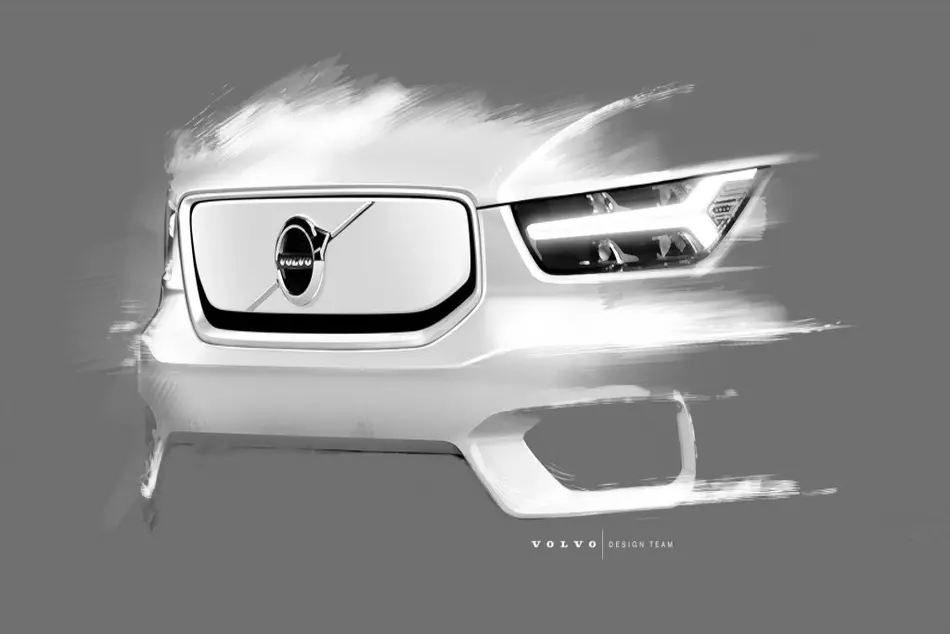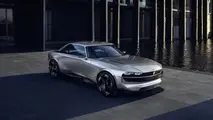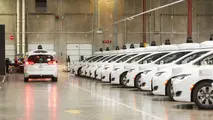The most important electric cars for 2020
Electric-car debuts continue apace for 2020, and not one on our list feels like a rush job from any of their respective automakers.

Electric-car debuts continue apace for 2020, and not one on our list feels like a rush job from any of their respective automakers.
That’s because mainstream electric cars have become deliberate automobiles themselves. No longer relegated to low-volume “compliance cars” or hurried powertrain swaps, the electric cars on our list clearly have been engineered from the lugs up to run on electrons alone.
They’re not alone. Although we list just eight new electric cars on this list, many more are on their way. They’re all important in changing minds and ideas about EVs, but these few piqued our interest not only for what they are but also what they could become.
For example, the Rivian R1T due toward the end of 2020 signals a sea-change for EVs. Rivian will build a truck, in a truck-crazy market, that’s useful and stylish, luxurious and emissions-free. What’s more, Rivian has courted high-dollar investors such as Amazon and Ford to build commercial and retail vehicles, too. The first truck from Rivian is admirable because of how far the nascent automaker has come already, and the first truck from Rivian is fitting because the expectations for the automaker are heavy.
And so on. The Mercedes-Benz EQC begins the brands “EQ” line, the Polestar 2 will be the first widely available vehicle from Polestar and more.

Although it’s closely related to a production vehicle already on sale, the Volvo XC40 EV was in the works long before the first gas-powered crossover was ever sold. Now, Volvo has given us hints about the EV’s powertrain packaging, and its interior layout, and we see promise. Although it’s not the first electric compact crossover, the Volvo XC40 EV may require the fewest compromises for crossover shoppers looking for a tall-riding vehicle.

New automaker Polestar didn’t wait long to take on established rivals. When the all-electric Polestar 2 arrives next year, the sedan is expected to cost about $45,000, have a 275-mile range, 408 horsepower, and offer a performance upgrade. Sound like someone else’s sedan? With deep wells of engineering know-how from parents Volvo and Geely, we expect the Polestar 2 to be a serious contender next year.

File under: “Not a Tesla rival.” The Porsche Taycan will arrive later this year with more coming next year, including less-expensive variants. The Taycan Turbo is alarmingly fast and is a performance sedan from Porsche that just happens to be electric—not an electric car that has performance tricks. Widespread EV adoption is coming, and the Taycan takes the back door.

Tesla’s compact crossover is slated to finally arrive in 2020, and although it doesn’t dramatically alter the Model 3 formula (and why mess with success?) it should give the company another best-selling model. The Model Y shares about 75 percent of its parts with the Model 3 and should deliver a range of 280 to 300 miles, asserting Tesla’s dominancy in battery management. Some early versions will push past $60,000, and lower-priced models may arrive sometime in 2021.

Despite courting multimillion-dollar investments from automakers and tech companies in 2018 and 2019, startup EV-maker Rivian hasn’t yet delivered a retail vehicle. That changes in 2020 with its Rivian R1T truck. The company claims that the truck will have a range of up to 400 miles with up to 820 pound-feet of torque. That rivals some heavy-duty diesel-powered pickups, but the Rivian R1T clearly has eyes on the luxury truck market—one of the most lucrative auto segments right now.

VW’s first MEB vehicle on sale in the U.S. will be the Tiguan-sized ID 4 (or ID 4X) that may arrive in 2020. The automaker hasn’t yet unveiled production-ready versions of the ID 4, but has hinted that when it arrives to U.S. customers it could undercut other EV crossovers such as the Tesla Model Y by thousands of dollars. Cost and size aside, VW’s plans for MEB are massive; the automaker will build millions of vehicles using the architecture.

Mercedes is tight-lipped about when the EQC crossover might finally arrive in the U.S., perhaps because of initial confusion surrounding the range provided by its 80-kwh battery, with manufacturer-provided estimates have varied between 200 and 279 miles. The EQC is loosely based on the GLC-Class, but uses two asynchronous motors to make 402 horsepower. The EQC begins Mercedes’ push for EVs in earnest, and the company has teased an electric equivalent to its S-Class sedan, called EQS.

Although slated to be available for 2020, the Kia Soul EV may take longer to arrive than we anticipated. That could be due to higher-than-anticipated demand in Europe and difficulties sourcing the 64-kwh liquid-cooled battery pack that may deliver up to 243 miles of range when the Soul EV goes on sale. But unlike the last Soul EV, the new Kia feels less like a “compliance car” and more like a complete car. Its thoughtful packaging and fun looks are desperately needed among too-serious EVs and we can’t wait for this Soul to show up.



